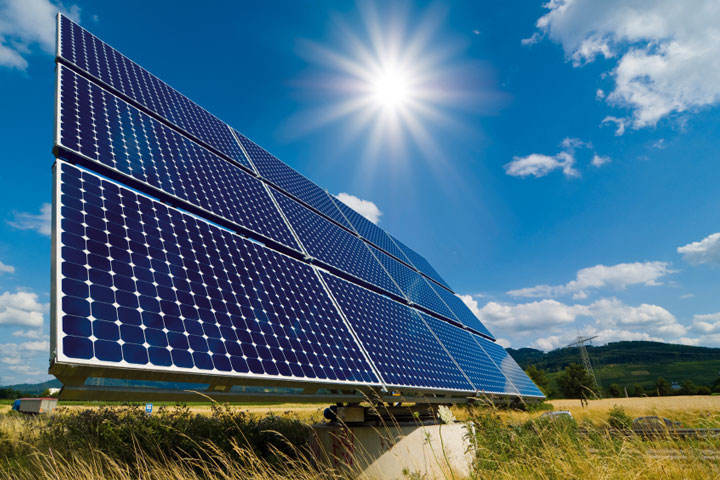The summer sun can be harsh in many parts of the country, and its heat causes energy bills to increase dramatically. Fortunately, by installing awnings over the windows, patio, or other outdoor area around your house, you can help control the amount of sun shining into your house and reduce your energy costs. Here are some of the types of awnings you may want to consider installing on your house.
Fibreglass
Fibreglass awnings are usually installed to replace metal or steel awnings over the doorways or windows of a house. Since the colour of the awning is used in its material, they rarely need to be repainted, even after exposure to rain, snow, hail, and the sun’s UV rays. These awnings are available in translucent or opaque styles, with opaque awnings working to block more of the sun’s rays than translucent awnings.
Acrylic
Awnings made from synthetic or acrylic fabrics and then coated with acrylic are considered the best outdoor awnings available. They can withstand exposure to all types of weather without being damaged, and they do not fade under the sun’s UV rays.
They repel water, so they don’t become soaked during a rainstorm, and they resist the growth of mould. These awnings are also good for covering an outdoor space such as a patio, allowing you to enjoy the weather without being exposed to the hot sun.
Vinyl
Vinyl awnings are made from a heavier material than acrylic awnings, but are more translucent, to allow more of the sun to shine into your house. However, they effectively block most of the sun’s damaging rays, so you can still enjoy some shade which helps keep your home cool. Vinyl awnings also block water and do well in humid conditions because they are mould-resistant.
Awning Operations
Both vinyl and acrylic awnings are available in a wide variety of colours and patterns to match or compliment the exterior of your home. Awnings can be operated manually by turning a crank to unfurl or retract them, or they can be motor-operated. Motorised awnings can be operated with the simple press of a button located inside your house or on a remote control.
Motorised awnings may have sensors which will automatically operate them when the sun comes out in the morning, blocking the sun’s rays before they can shine into your windows. The sensor can also retract the awnings when it starts to get dark because of the time of day or because of cloud cover, which can help prevent damage to the awning during a storm. The sensors help you control your energy costs by blocking the sun before the day grows hot.
Where you plan to install the awning and how you want it to function will help you decide which awning to buy for your home. If you want to completely block the sun from shining into your windows, then acrylic or vinyl awnings will be your best choice. Fibreglass awnings will provide protection from the sun as well, but they won’t obscure your views like the other types of awnings.








